Bird’s Nest Fern Plant
- Brand: Plantozia
₹1,199.00₹2,498.00 (-52%)
Out of stock
- Watering: Keep soil moist.
- Light: Prefers indirect light.
- Pet Friendly: Yes.
- Low Maintenance: Yes.
- Plant Size: Bird’s Nest Fern Plant is Medium size.
Bird’s Nest Fern Plant Care Tips:
1. Light Requirements: Bird’s Nest Ferns Plant prefer bright, indirect light. In India, place them near a north or east-facing window where they can get filtered sunlight. Direct sunlight can scorch their fronds, so it’s best to avoid exposure to harsh sun rays. If natural light is limited, fluorescent or LED grow lights can supplement their light needs. During the intense summer months, protect them from hot afternoon sun to prevent leaf damage.
2. Watering: Maintain consistent moisture for Bird’s Nest Ferns Plant, as they prefer slightly moist soil. Water when the top inch of soil feels dry to the touch, ensuring thorough watering without allowing the soil to become waterlogged. Use room temperature water to avoid shocking the plant. In India, adjust watering frequency based on seasonal changes—more frequent watering in hot, dry weather and less in cooler, rainy seasons. Mist the fronds occasionally to increase humidity and discourage pests.
3. Soil: Use a well-draining, peat-based potting mix for Bird’s Nest Ferns. A blend of peat moss, perlite, and coarse sand promotes good drainage while retaining adequate moisture. Avoid heavy soils that can retain too much water, leading to root rot. Ensure the pot has drainage holes to allow excess water to escape freely.
4. Humidity: High humidity is crucial for Bird’s Nest Ferns, mimicking their native tropical habitat. In India, where humidity levels vary, maintain humidity by misting the plant daily or placing it on a tray filled with pebbles and water. Grouping plants together or using a humidifier can also help create a humid microclimate around the fern. Avoid placing the fern near drafts or air vents that can dry out the air.
5. Fertilization: Feed Bird’s Nest Ferns every 4-6 weeks during the growing season (spring and summer) with a balanced, water-soluble fertilizer diluted to half strength. In India, organic fertilizers such as compost tea or fish emulsion can also be beneficial. Reduce feeding in fall and winter when growth slows down. Over-fertilization can lead to salt build-up in the soil, so flush the soil occasionally with water to prevent this.
6. Low Maintenance: Bird’s Nest Ferns are generally low maintenance once their basic needs are met. Regularly remove yellow or dead fronds to maintain their attractive appearance and promote new growth. Wipe the fronds with a damp cloth to keep them clean and free of dust, which can block sunlight and hinder photosynthesis. Repotting is rarely necessary unless the plant outgrows its container or the soil becomes compacted.
7. Air Purification: Bird’s Nest Ferns are effective air purifiers, helping to remove pollutants like formaldehyde, xylene, and toluene from indoor air. Their presence enhances indoor air quality, making them a beneficial addition to homes in India, especially in urban areas where air pollution can be a concern.
8. Non-Toxic: Bird’s Nest Ferns are non-toxic to humans and pets, making them safe to keep around children and animals. However, ingestion may cause mild stomach upset in pets, so it’s best to place the fern out of their reach.
9. Pet Friendly: Bird’s Nest Ferns are considered safe for pets, as they are non-toxic. Still, monitor pets to ensure they do not nibble on the fronds, which can damage the plant’s appearance.
By following these care tips, you can ensure that your Bird’s Nest Fern thrives and adds lush greenery to your indoor space in India.
Additional information
| Weight | 0.1 kg |
|---|---|
| Dimensions | 5 × 5 × 5 cm |
Only logged in customers who have purchased this product may leave a review.
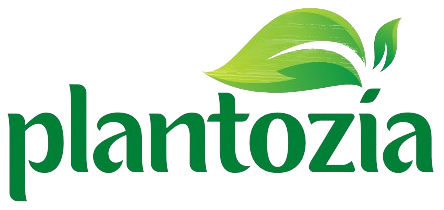
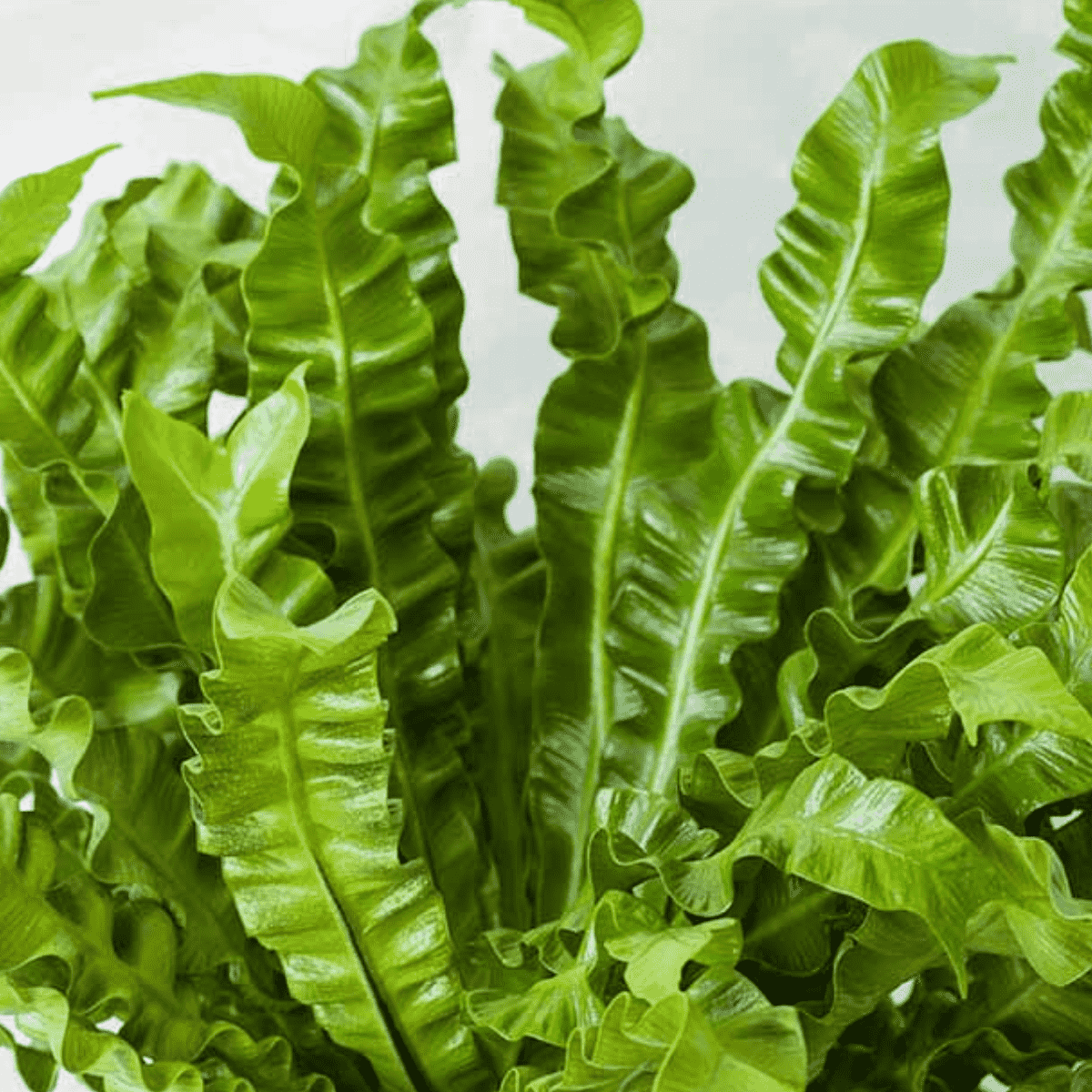
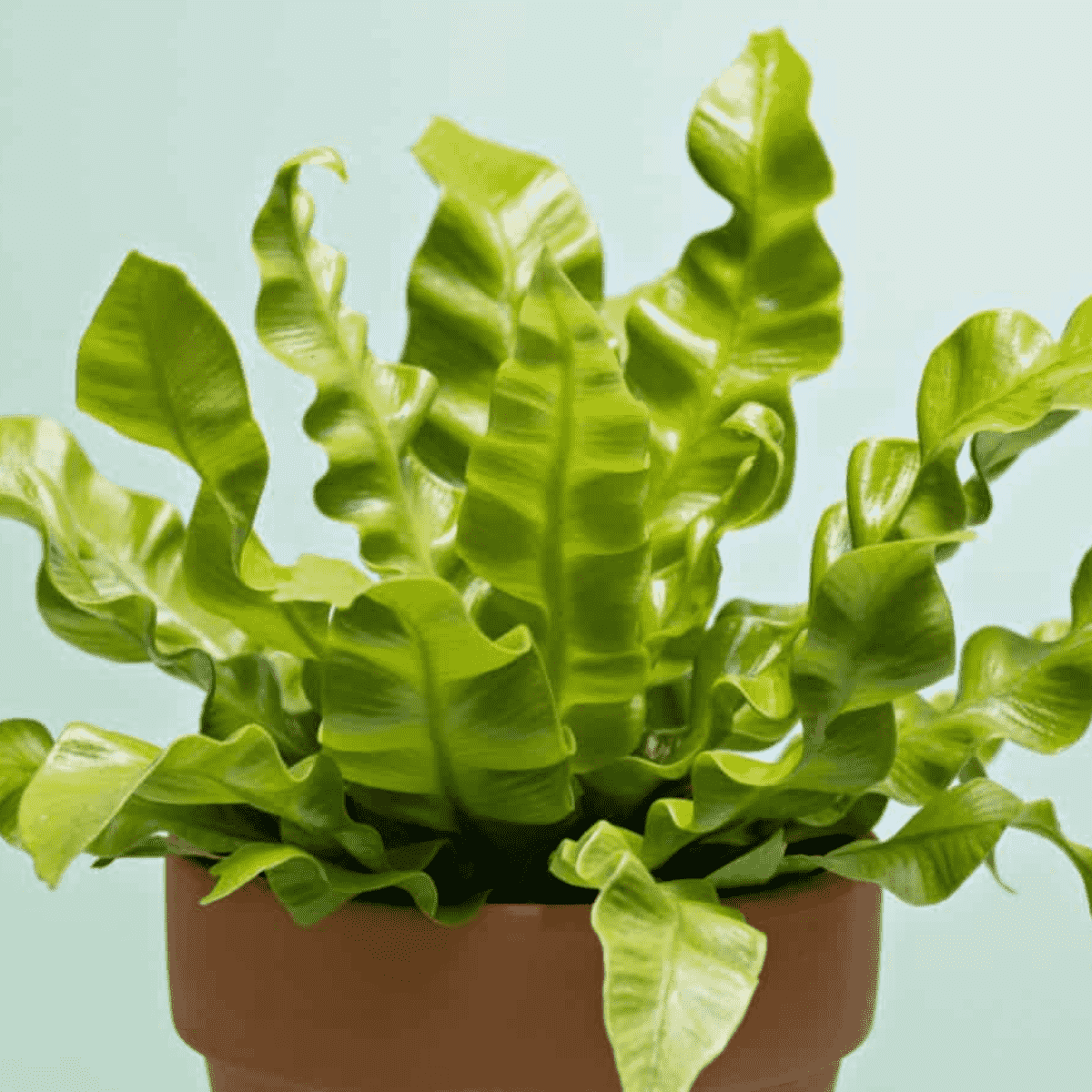
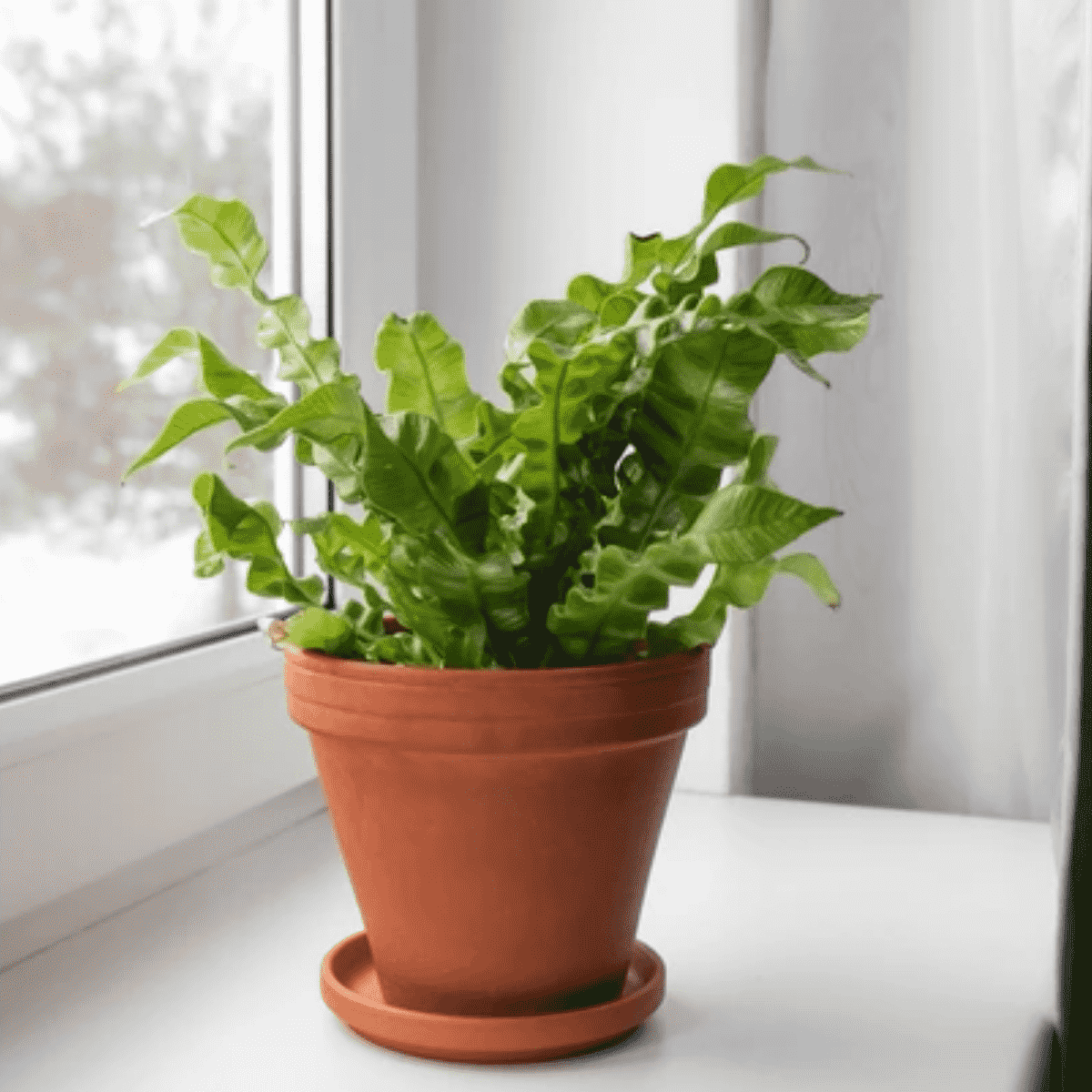





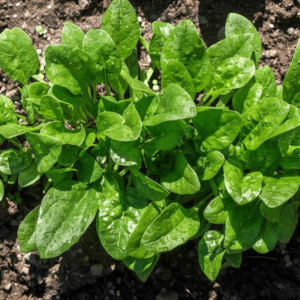
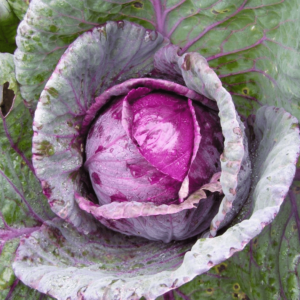

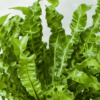
Reviews
There are no reviews yet.